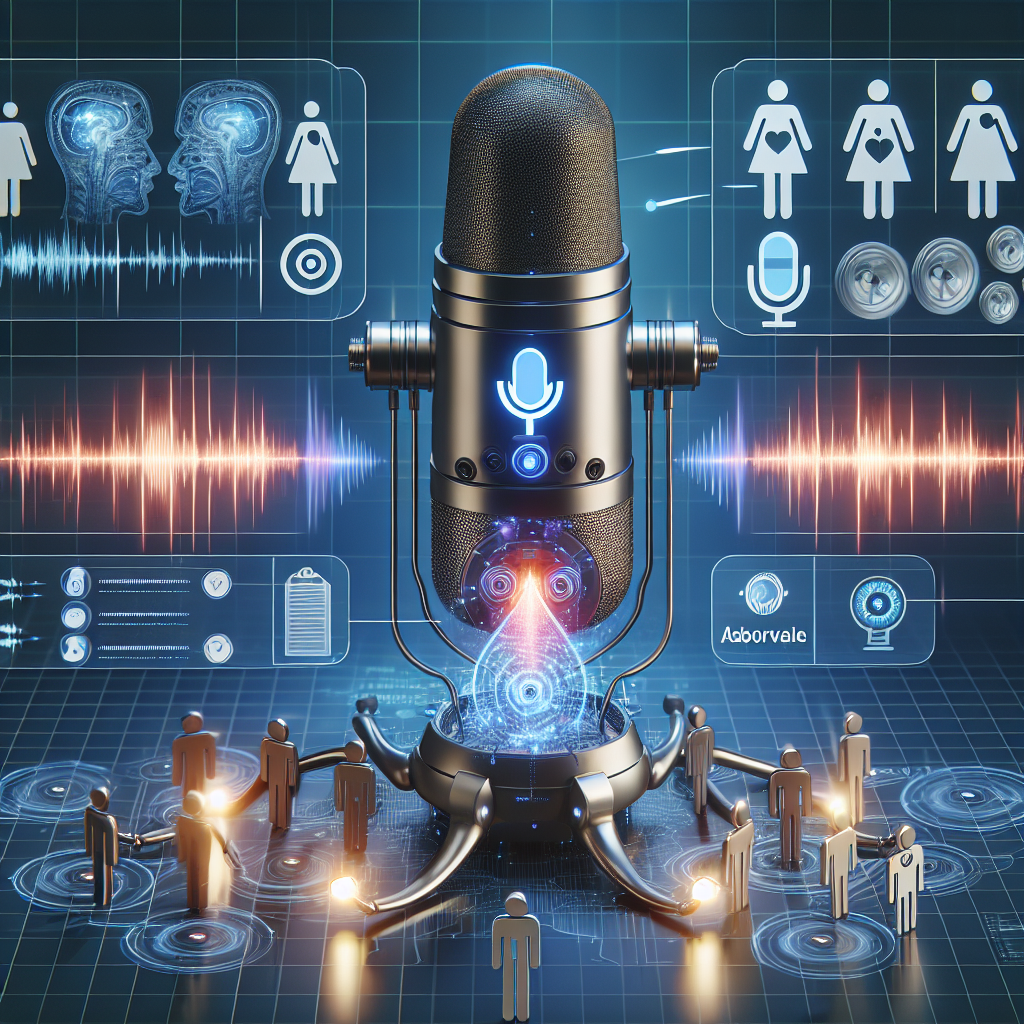
Voice has long been recognized as a unique identifier for individuals, much like a fingerprint. Recent advancements in artificial intelligence (AI) suggest that our voices might also serve a crucial role in the early diagnosis of laryngeal cancer, a rare yet potentially deadly disease. A groundbreaking study conducted by researchers at the Department of Clinical Epidemiology at Oregon Health and Science University has demonstrated the potential of AI to detect abnormalities in vocal folds through the analysis of vocal recordings.
Laryngeal cancer, which originates in the voice box, affected approximately 200,000 people globally in 2021. Its survival rates greatly depend on the timeliness of detection and the context of treatment, with five-year survival rates varying from 35 to 75 percent. Risk factors include smoking, heavy alcohol consumption, and infections like human papillomavirus (HPV). The need for effective early detection methods is pressing, particularly since traditional methods can be invasive or require specialized tools and expertise.
The research team analyzed a total of 12,523 voice recordings from 306 individuals, utilizing the Bridge2AI-Voice dataset. This dataset encompasses recordings from both healthy individuals and those diagnosed with laryngeal cancer or other vocal fold issues. By examining subtle acoustic features, such as fundamental frequency, jitter, shimmer, and the harmonic-to-noise ratio, the team sought to identify distinctive patterns that could signal early signs of cancer.
One of the study’s most striking findings was the increased harmonic-to-noise ratio and pitch disparities among male subjects with healthy voices, benign lesions, and laryngeal cancer. Notably, the researchers observed that similar patterns in women’s voices were less pronounced, indicating that further research and larger datasets may be required to draw definitive conclusions for females.
This research falls under the ambit of the Bridge2AI-Voice project, part of a broader national initiative by the U.S. National Institutes of Health to harness AI solutions for complex biomedical problems. The ability to detect laryngeal cancer through voice analysis could revolutionize early diagnosis and treatment, boosting survival rates and enhancing patients’ quality of life. By utilizing non-invasive methods, this innovative approach offers a more accessible alternative to traditional testing procedures and may pave the way for further studies in the intersection of AI and healthcare.
In conclusion, the application of AI in detecting laryngeal cancer by simply listening to an individual’s voice represents an exciting frontier in medical diagnostics. As more research unfolds and technology advances, the potential for AI to improve early cancer detection holds promise for a range of diseases beyond laryngeal cancer, particularly through the analysis of other vocal attributes. If successfully developed and implemented, this novel method could represent a transformative step forward in healthcare, making it more proactive and patient-friendly.

Leave a Reply